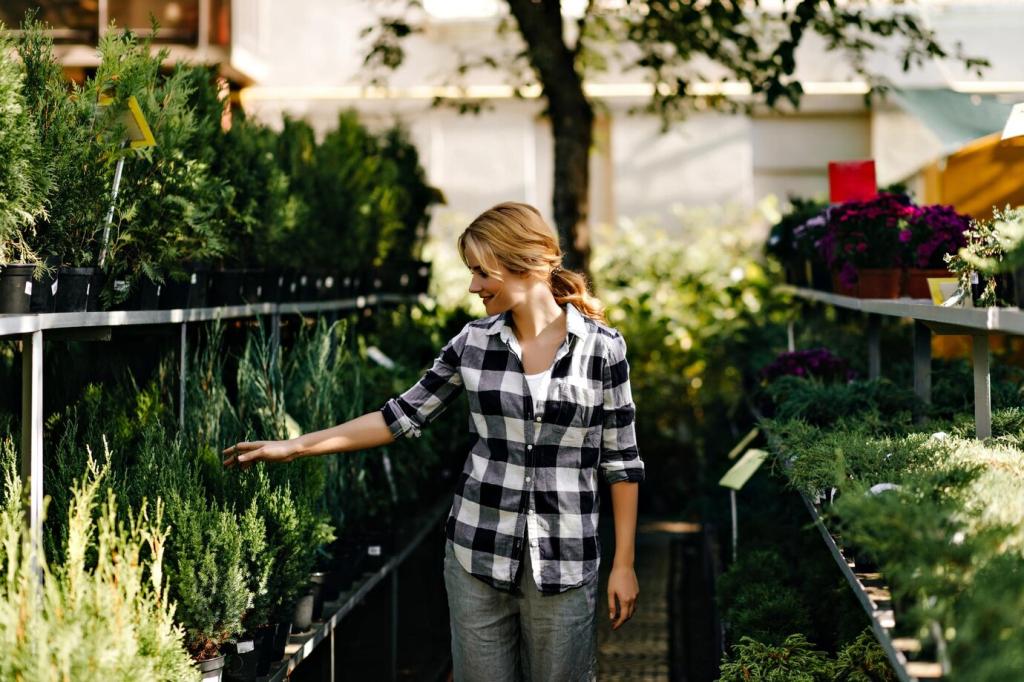
Vertical Indoor Plant Walls
Vertical indoor plant walls, often called living walls or green walls, are innovative solutions for integrating nature into interior spaces. By arranging plants vertically using specialized structures, these installations maximize greenery in both homes and commercial environments. Their appeal goes beyond aesthetics, providing environmental and wellness benefits such as improved air quality and enhanced well-being. Embracing vertical indoor plant walls can transform even small or urban spaces with lush, vibrant life.
The Concept of Vertical Indoor Plant Walls
The concept of living walls dates back centuries, with climbing plants adorning architecture. Modern vertical indoor plant walls, however, utilize advanced irrigation, lightweight substrates, and carefully engineered support systems. This evolution allows plant walls to thrive in diverse environments, from office lobbies to private homes, offering lush aesthetics and ecological benefits regardless of space constraints.
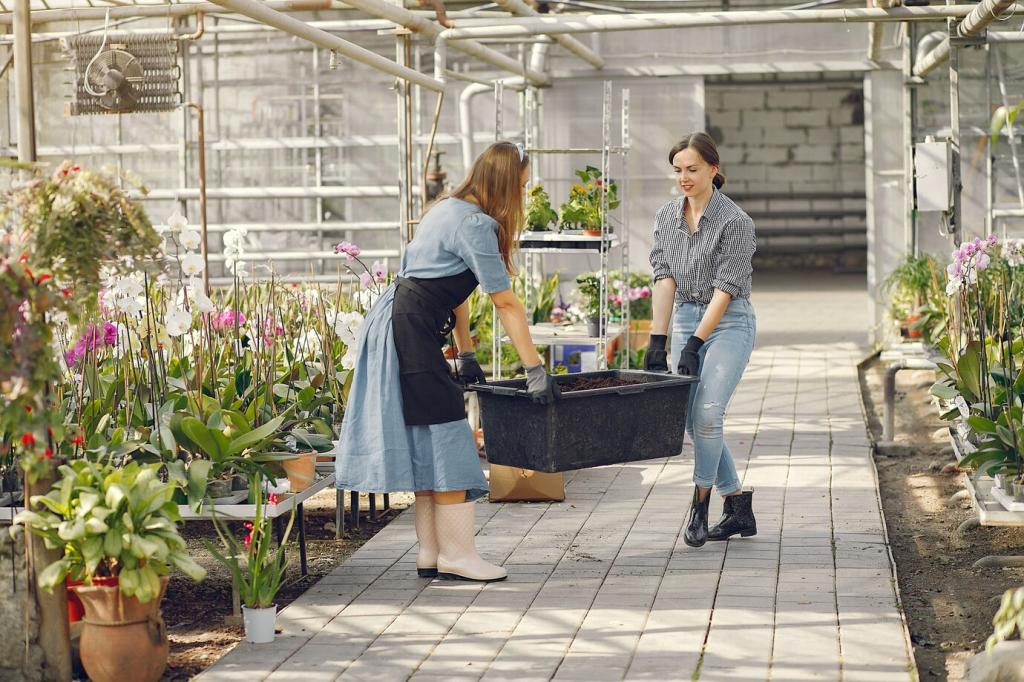
Health and Well-being Benefits
Improved Air Quality
Plants naturally filter the air, absorbing pollutants and emitting oxygen. Vertical plant walls amplify these benefits by increasing plant density within compact areas. By removing volatile organic compounds and fine particulate matter common in indoor settings, these living installations contribute to a cleaner, healthier atmosphere. The result is fresher air and reduced risk of respiratory issues for occupants.
Stress Reduction and Mood Enhancement
Exposure to natural elements indoors can lower blood pressure, reduce anxiety, and elevate mood. Vertical indoor plant walls provide a calming visual connection to nature, even in densely built environments. Their rich textures and soothing greenery create restorative spaces that encourage relaxation, making them ideal for homes, healthcare facilities, and workplaces alike.
Increased Productivity and Creativity
A green workplace isn’t just about aesthetics—it plays a significant role in boosting concentration and cognitive function. Vertical plant walls in offices or creative studios stimulate the mind, reduce mental fatigue, and improve focus. Employees surrounded by living greenery often report higher job satisfaction and generate innovative ideas more readily than those in sterile settings.
Design Possibilities and Customization
Selecting suitable plants is essential for both aesthetics and longevity. Some species thrive in low light and require minimal maintenance, while others prefer brighter conditions or need specialized care. Expert guidance helps identify the perfect mix of foliage, flowering species, and even edible herbs, resulting in a harmonious and sustainable living wall.
Not all vertical plant walls require permanent installation. Modular panels and freestanding units offer flexible alternatives for renters or for spaces seeking temporary green features. These systems are engineered for easy assembly, reconfiguration, and maintenance. They adapt to various sizes and layouts, making it simple to bring nature indoors no matter the constraints.
A successful vertical indoor plant wall relies on appropriate lighting and watering systems. When natural light is insufficient, specialized grow lights ensure that plants receive the energy they need for photosynthesis. Integrated irrigation solutions automate watering, delivering moisture evenly and conveniently while preventing overwatering or waste—essential for maintaining healthy, vibrant greenery.
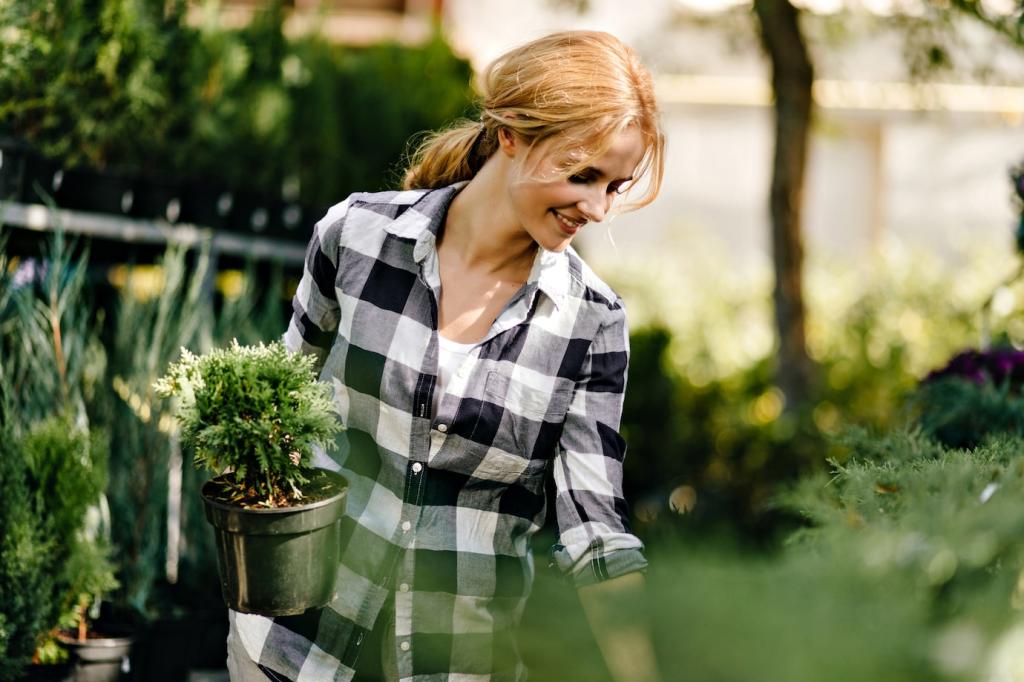
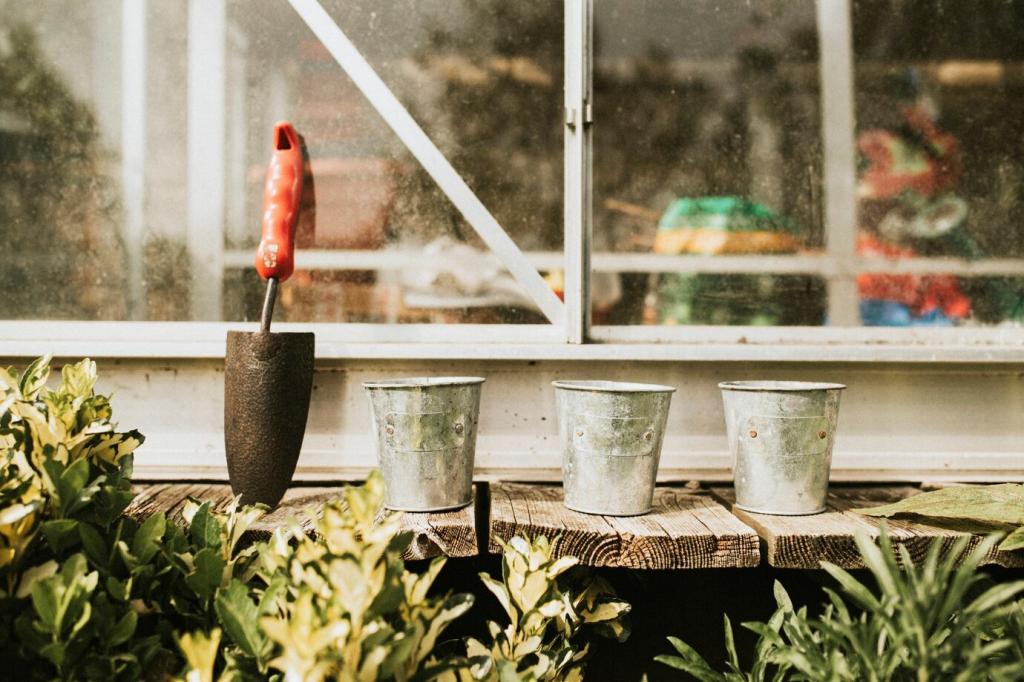
Previous slide
Next slide
Applications in Residential Spaces
Apartments and compact houses often lack the footprint for expansive gardens. Vertical plant walls maximize greenery by utilizing height rather than floor space, making them perfect additions for balconies, hallways, or even compact kitchens. Their modular nature enables customization for even the most awkward or narrow niches, ensuring no space is too small to house lush plant life.
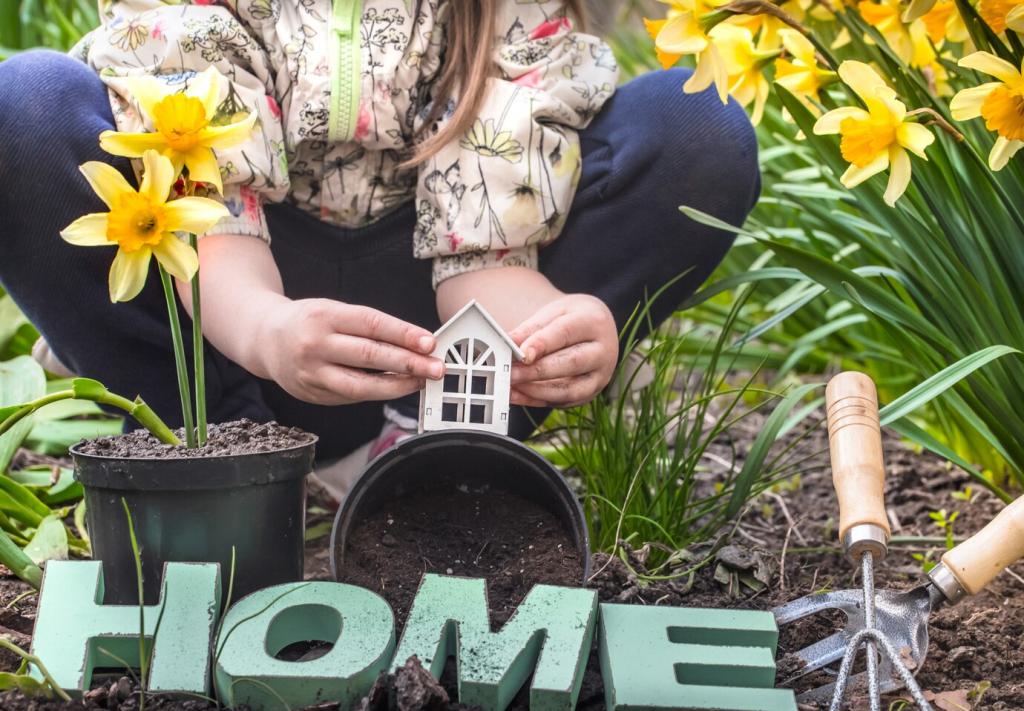
Commercial and Public Space Uses
Work environments benefit enormously from the inclusion of vertical plant walls. These features break up monotonous office layouts, reduce noise levels, and offer visual relief from digital screens. Employees are energized by the natural ambience, which can boost morale, foster collaboration, and increase overall productivity in fast-paced workplaces.
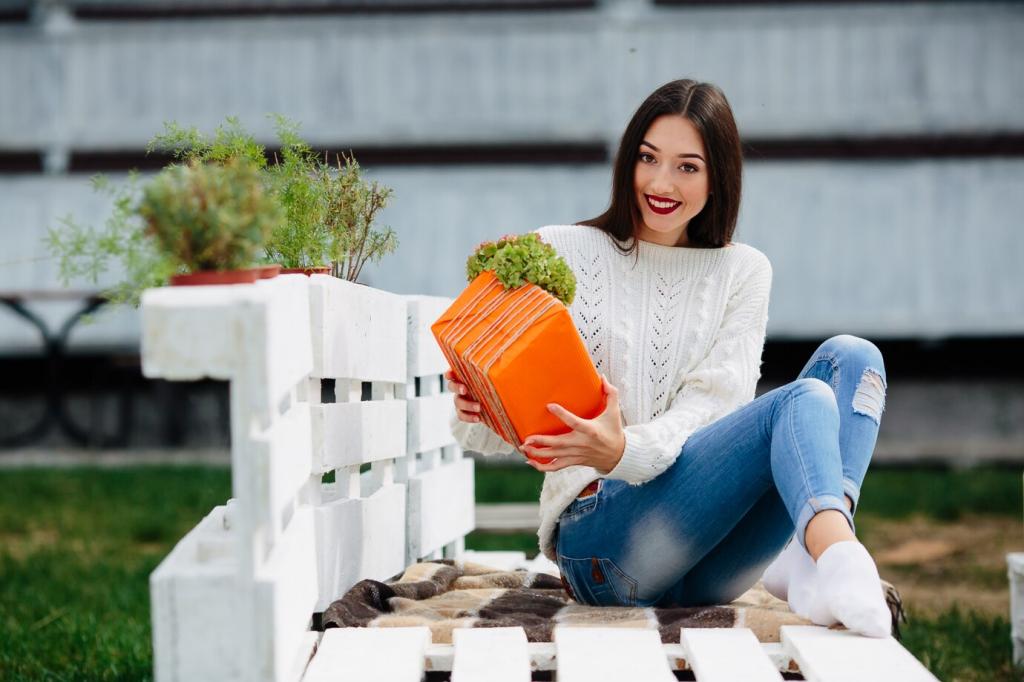
Trends and Innovations in Living Wall Design
Smart Technology Integration
Cutting-edge living wall systems are increasingly equipped with smart technology for monitoring light, moisture, and nutrient levels. Automated sensors and connected apps enable users to control and optimize plant care remotely, ensuring thriving walls even in busy homes or offices. These technological enhancements minimize maintenance while maximizing results.
Artistic Collaborations and Custom Features
Designers are pushing boundaries by collaborating with artists, architects, and botanists to create one-of-a-kind vertical plant walls. Integrating patterns, three-dimensional elements, or interactive features turns living walls into award-winning statement pieces. From logo-shaped plant arrangements in corporate lobbies to stunning color gradients in residential foyers, the only limit is imagination.
Future Directions in Sustainability
Looking ahead, the future of vertical indoor plant walls lies in further innovations for sustainability. This includes exploring biodegradable frameworks, renewable energy integration for lighting, and closed-loop water systems. With increasing urbanization and environmental consciousness, living walls will continue to play a crucial role in enhancing both the built environment and our connection to nature.
